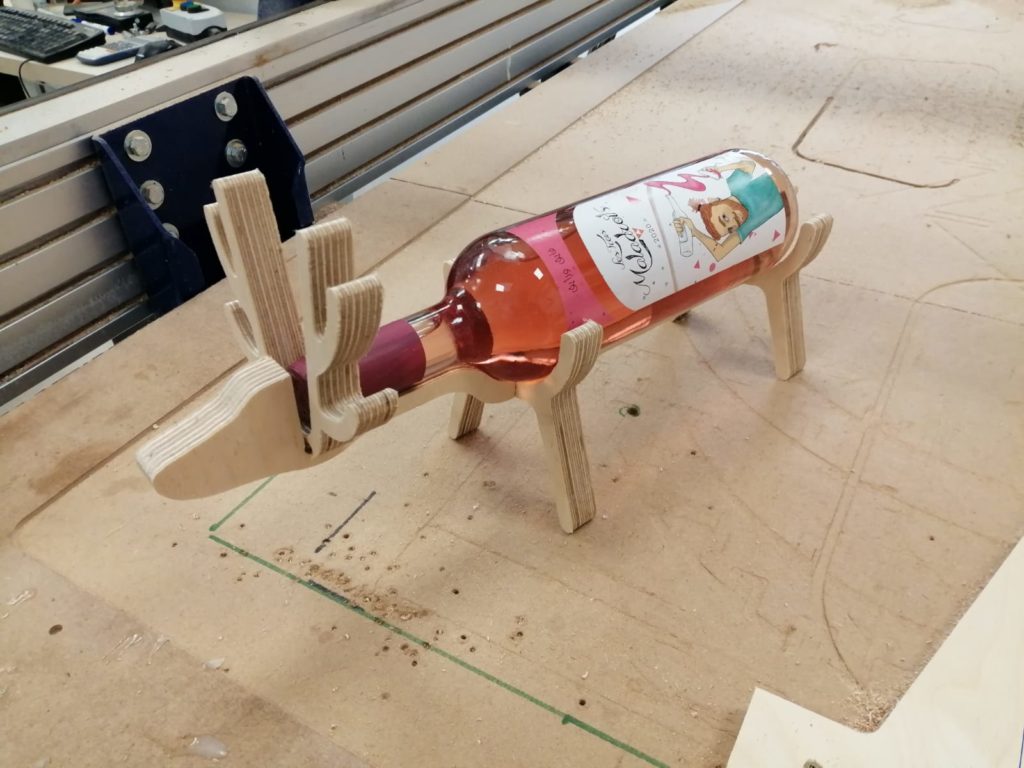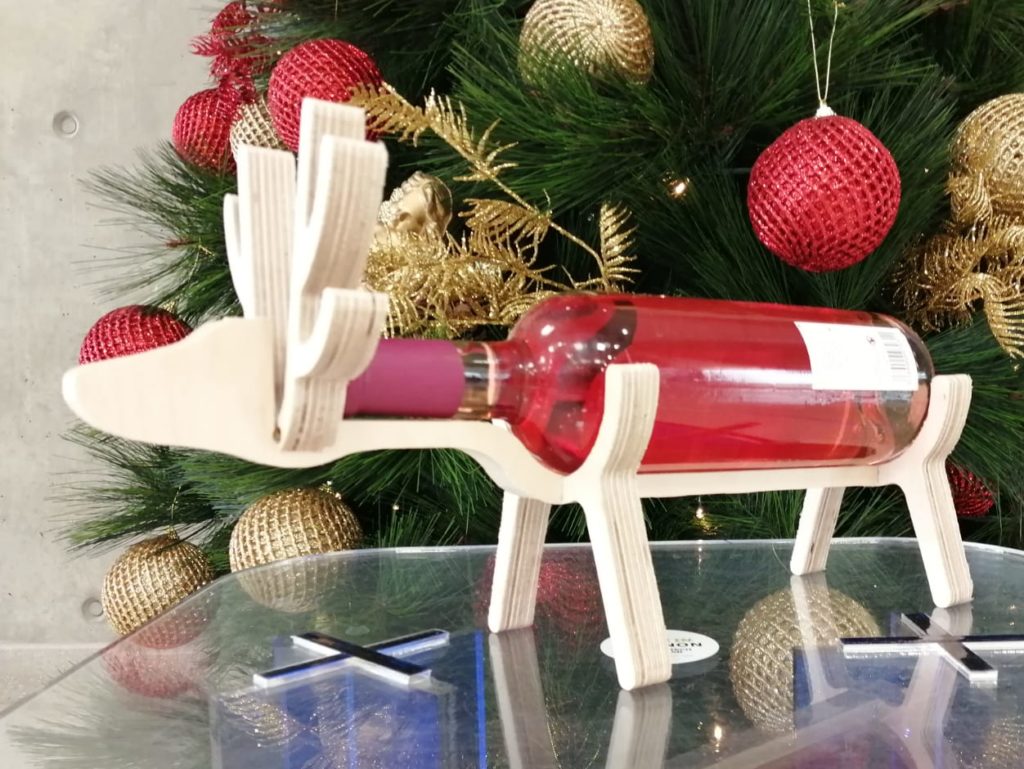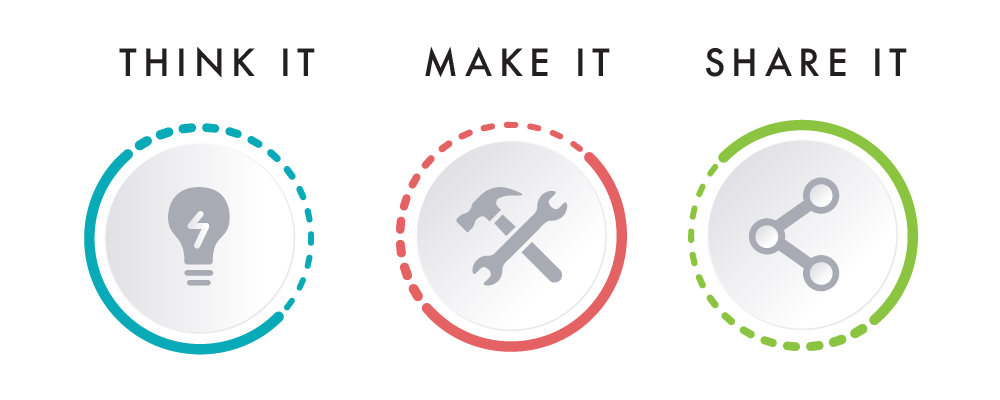This section describes the different steps followed to produce a Reindeer Wine Bottle Stand of your own at the Fab Lab.
Step 1 : Downloading the design
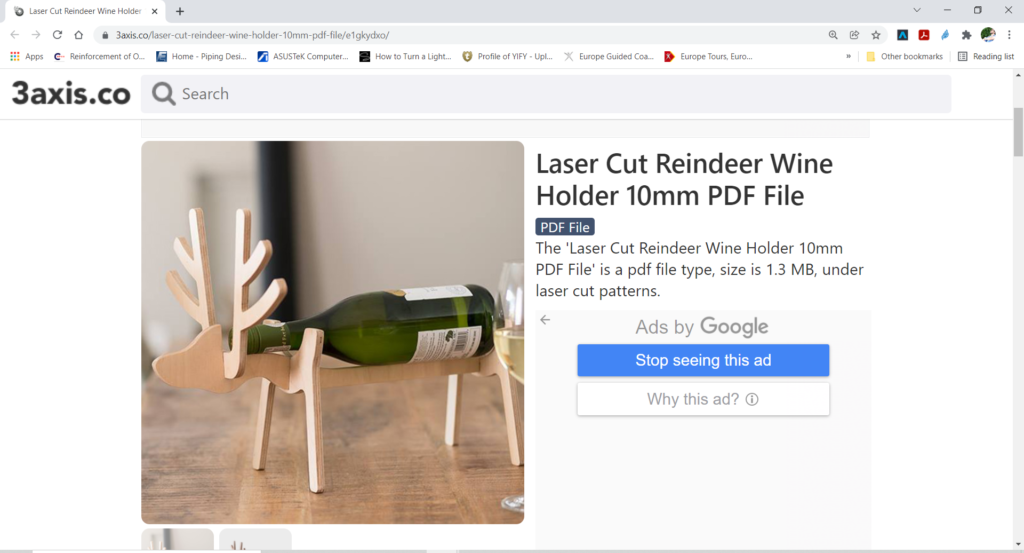
In order to produce a 3D object you need to have its digital design first. This is to be done using any Computer Aided Design (CAD) software. T
In this example, the design was shared for free on 3axis.co, a website contains many open-source designs that can be downloaded and produced directly. You can find the design file on the following Link.
Step 2: Choose Material, Test it and Edit Design
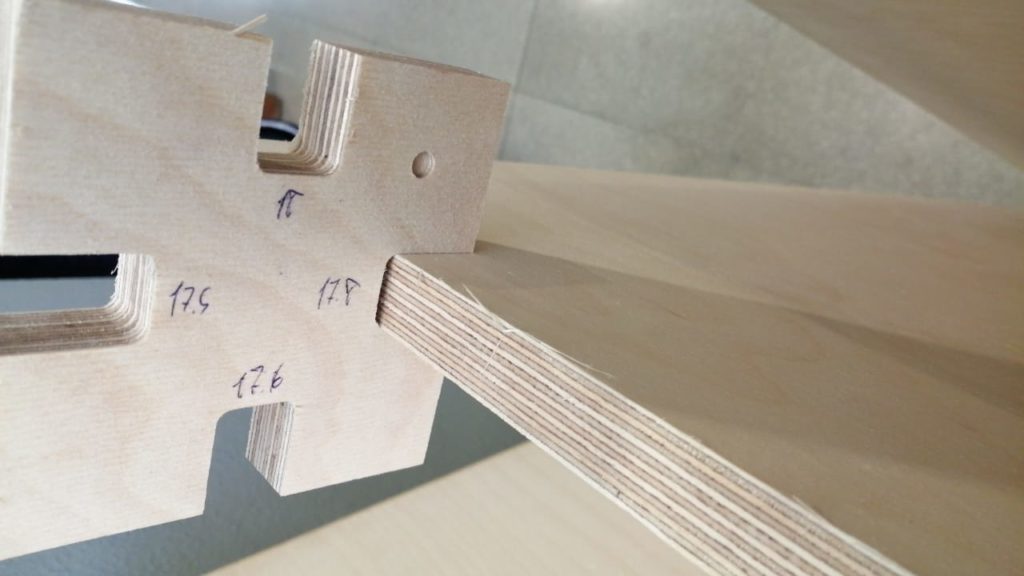
The next step is to choose the material that you would like to use. In this example, we used 18mm Birch Plywood Sheets. However, It is worth making some test pieces to check the fit before producing on a large scale, to prevent any errors.
We do this step because Wood Boards are not 100% 18mm, and the dimensions usually vary, so to achieve a perfect fit, we measure the real dimensions using a caliper, and edit our design accordingly.
Accordingly, extract the Sketch in DXF file and edit the slot width to match the measure dimensions and your test results. In this example, the slots were edited to become 17.8 mm as per the real board thickness.
The DXF file was then edited to add T-bones at 90 degrees corners in the joints. This step is done because a round bit cannot mill 90 degrees. This will guarantee that all parts fit together.
Finally, a file was prepared that contains all the pieces needed to form the table , fitting them all inside a rectangle that has the same dimensions of the board we are using. This file will then be Imported to the V-Carve Software for G-code preparation.
Step 3: Preparing G-Code on V-Carve
After that, the next step was to prepare the g-code based on our design.
The steps to set up V-Carve are as follows:
3-a: Perform the Job Setup based on Material Dimensions

Start by setting up the dimensions of the material that you will be using. Take into consideration the lost area because of the screws used to fix the board:
- Enter the Width (x) & Height (y) for the material you are using.
- Enter the Thickness (z) for the material you are using.
- Choose the XY Datum position, which is the Zero position on the CNC machine.
When everything is set, press “OK”.
3-b: Import your 2D vector file and Choose the Best Orientation
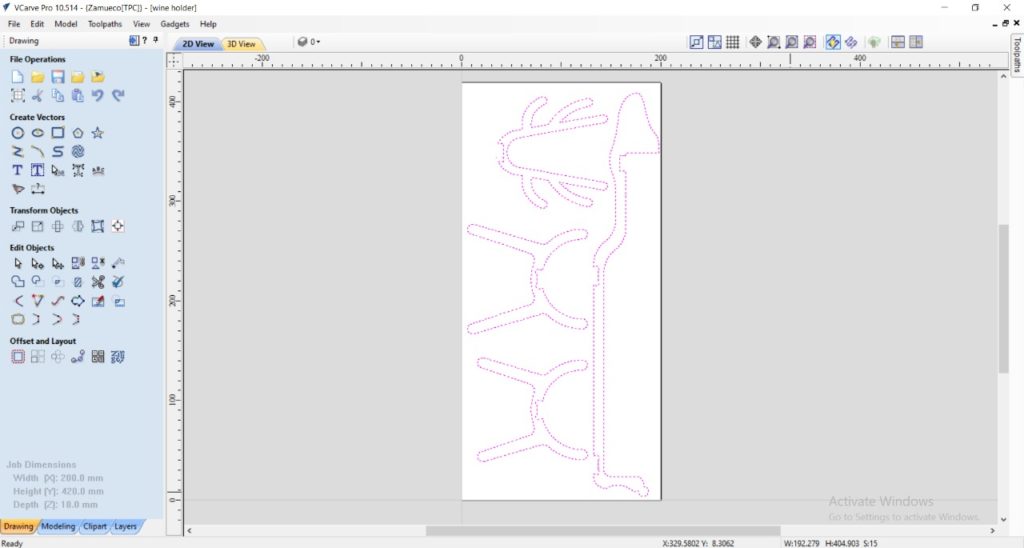
In order to generate the toolpath for the milling job, insert the dxf file into V-Carve as follows:
- Import the DXF file by selecting: “File” > “Import” > “Import Vectors” > Choose the 2D Model
- Move your design to your preferred position of the material you are milling.
When everything is set, press “OK”.
3-c: Prepare the External Profile Cutting Toolpath

After importing the 2D vector file, the next step is to cut the model from the material body. To do that, prepare the 2D profile toolpath for the model:
- Select the “2D Profile Toolpath” button.
- Select the model outline as the vector followed for cutting.
- Choose the Start Depth and Cut Depth. In this example we used 18.1mm, as a cut depth, as the board we are using is 18mm thick.
- Select the tool used for outline cutting. In this example, we used a 6mm Diameter End Mill.
- Choose your preferred machining tool position with respect to the chosen outline vector. In this example we choose the “Outside” option, so that the tool cut the material outside the outline vector.
- Add tabs to the toolpath to keep the part in position and connected to the main body, to prevent it from moving and getting loose. Those tabs will be removed manually after milling to remove the part.
When everything is set, press “Calculate”, to calculate your toolpath. Select the “Preview Toolpath” button, to visualize the milling job, and make sure the results are as expected. If you notice any problems in the preview, make sure to go back and review all your settings to make sure that everything is running fine.

3-d: Check the Total Machining Time

Check how long each machining toolpath will take, to estimate how much time it requires for production.
To do that, select the “Toolpaths Summary” button In this example, the whole milling process takes around 3 mins. Please note that the real production time includes the time that you take to fix the material, set the zero position for the machine, changing the milling bit between jobs, and removing the part once it is done.
3-e: Save the Roughing and Smoothing Toolpath
After doing the roughing, smoothing and cutting toolpaths, save the toolpath files in your dedicated folder.
To do that, select the “Save Toolpath” button. This option allows toolpaths to be saved in the appropriate file format needed to drive the CNC machine.
Step 4: Preparing the CNC Machine and Zeroing the Tool Position
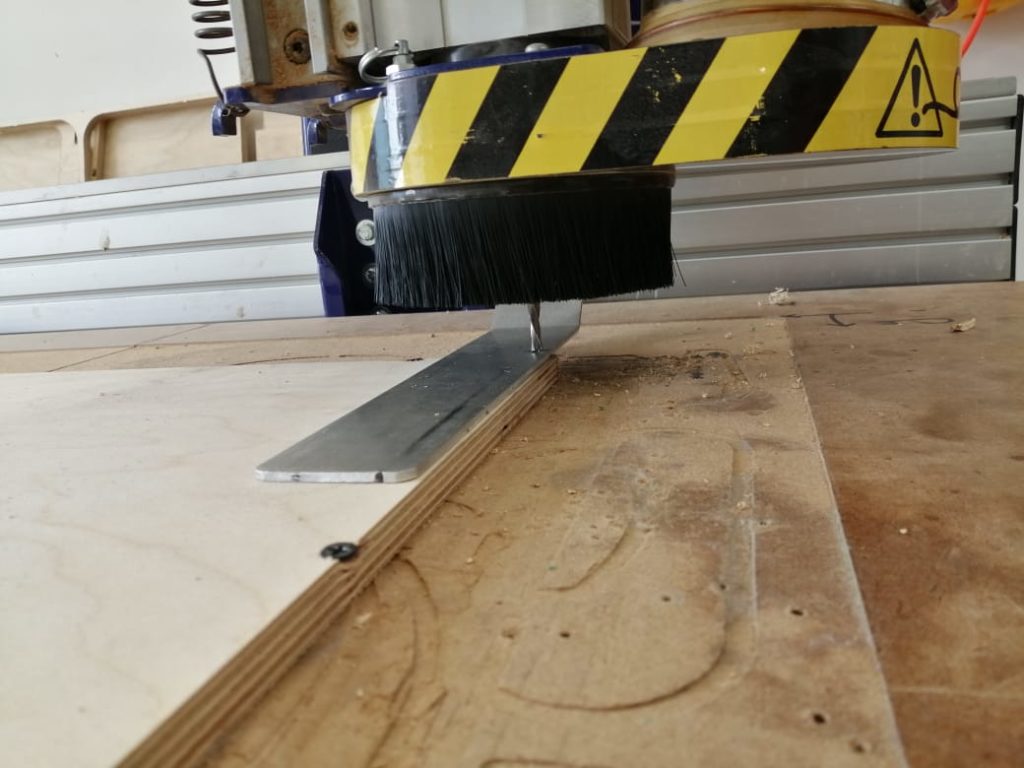
Next we need to set the zero position for the machine on the board we are using.
To do so, we need to follow those steps.
- Manually move the router to the desired X and Y position, and then zero the X and Y from the control panel
- Zero the Z-Axis using the automatic zeroing option on the Shopbot. The plate is positioned under the router on the surface of the board, and the Z-zero button is pressed. The process is fully automated.
Step 5: Performing the Milling Job
Next we perform the milling job. Just import the G-code to the Shopbot software and launch the job. The video above illustrates the the milling job and the final products. The final step is to cut the tabs using a wood chisel and remove the part from the main body.
Step 6: Assembling the pieces

The final step is to assemble all the pieces. Enjoy your new Reindeer Wine Bottle Stand.
